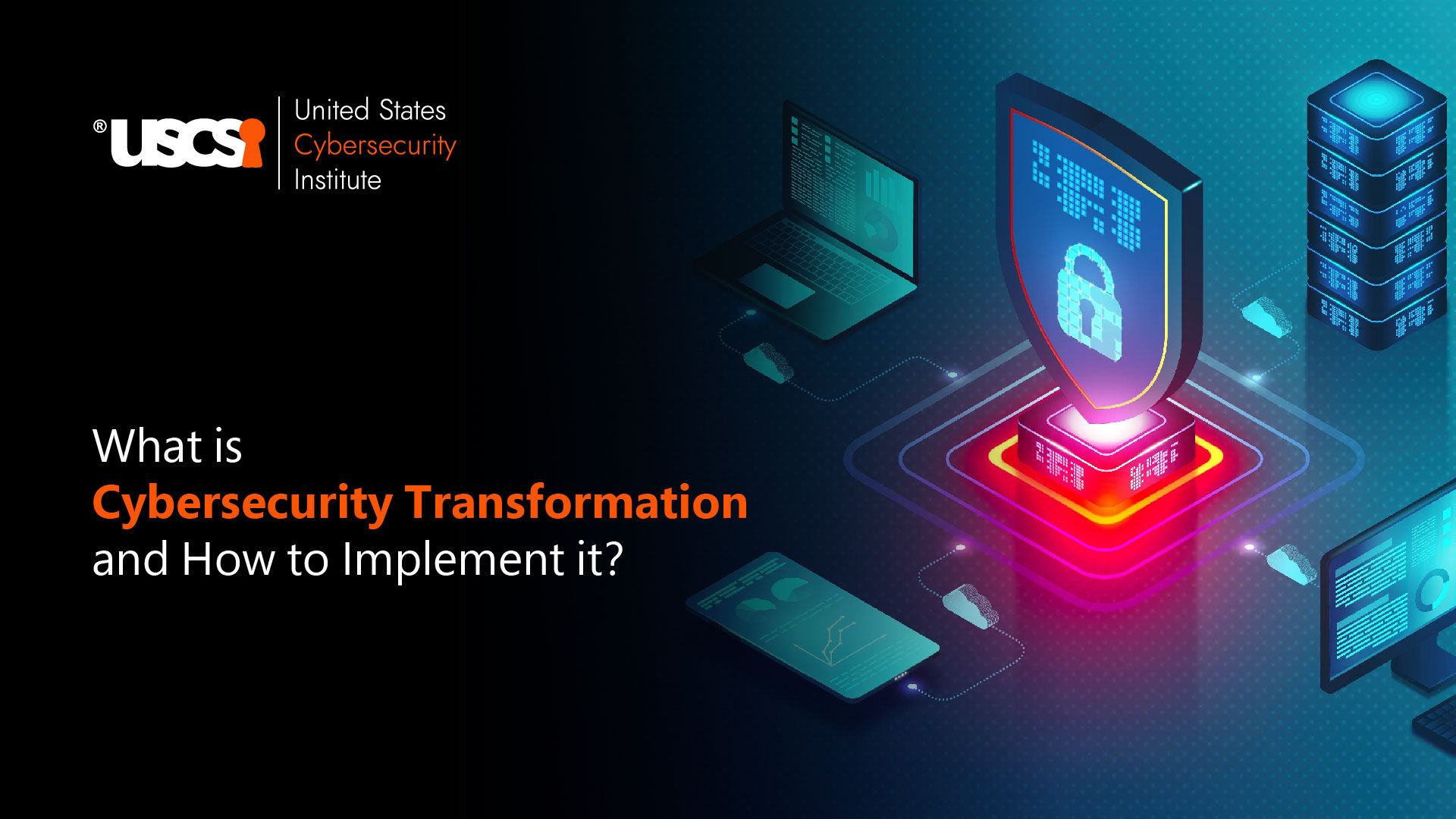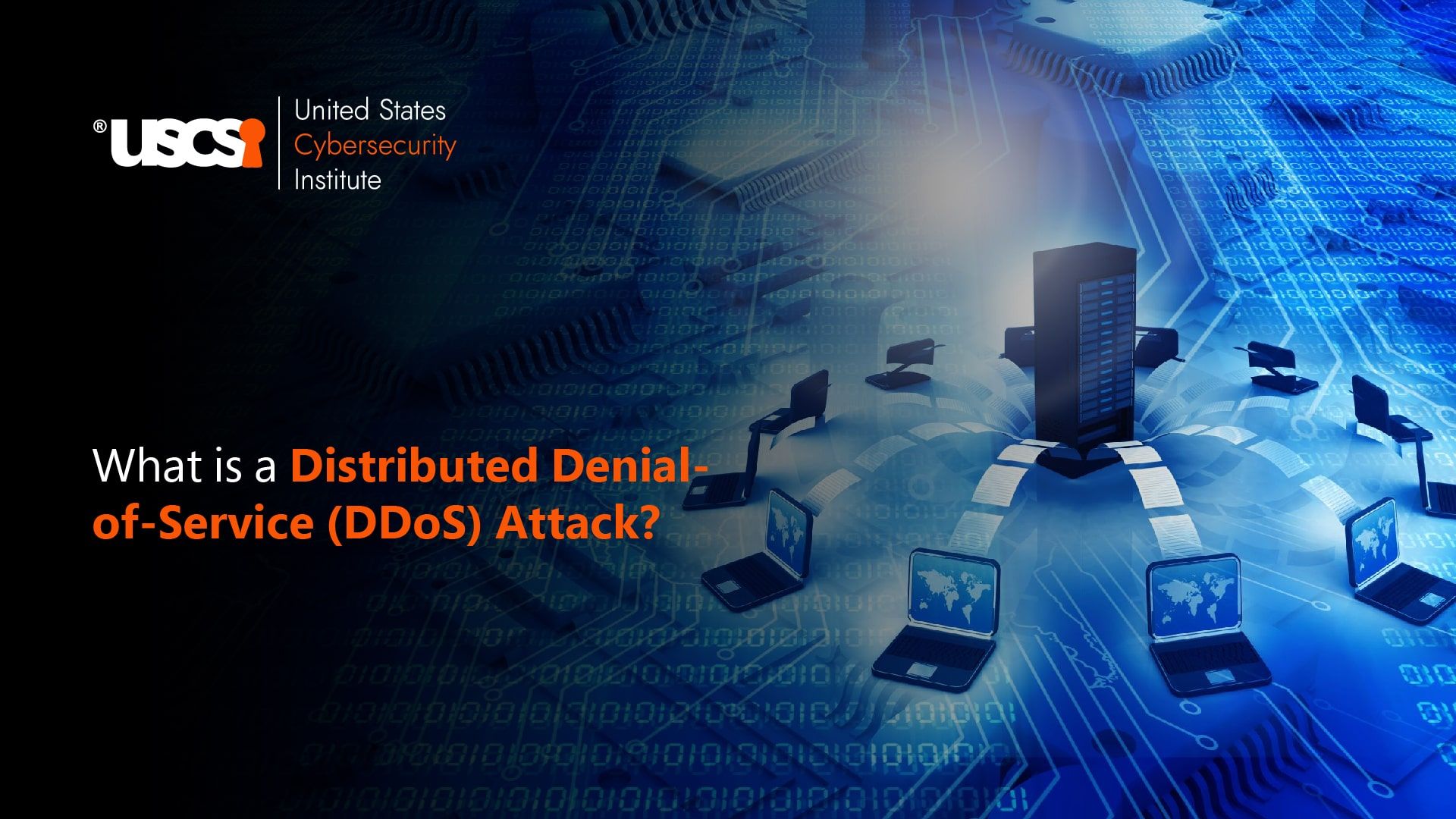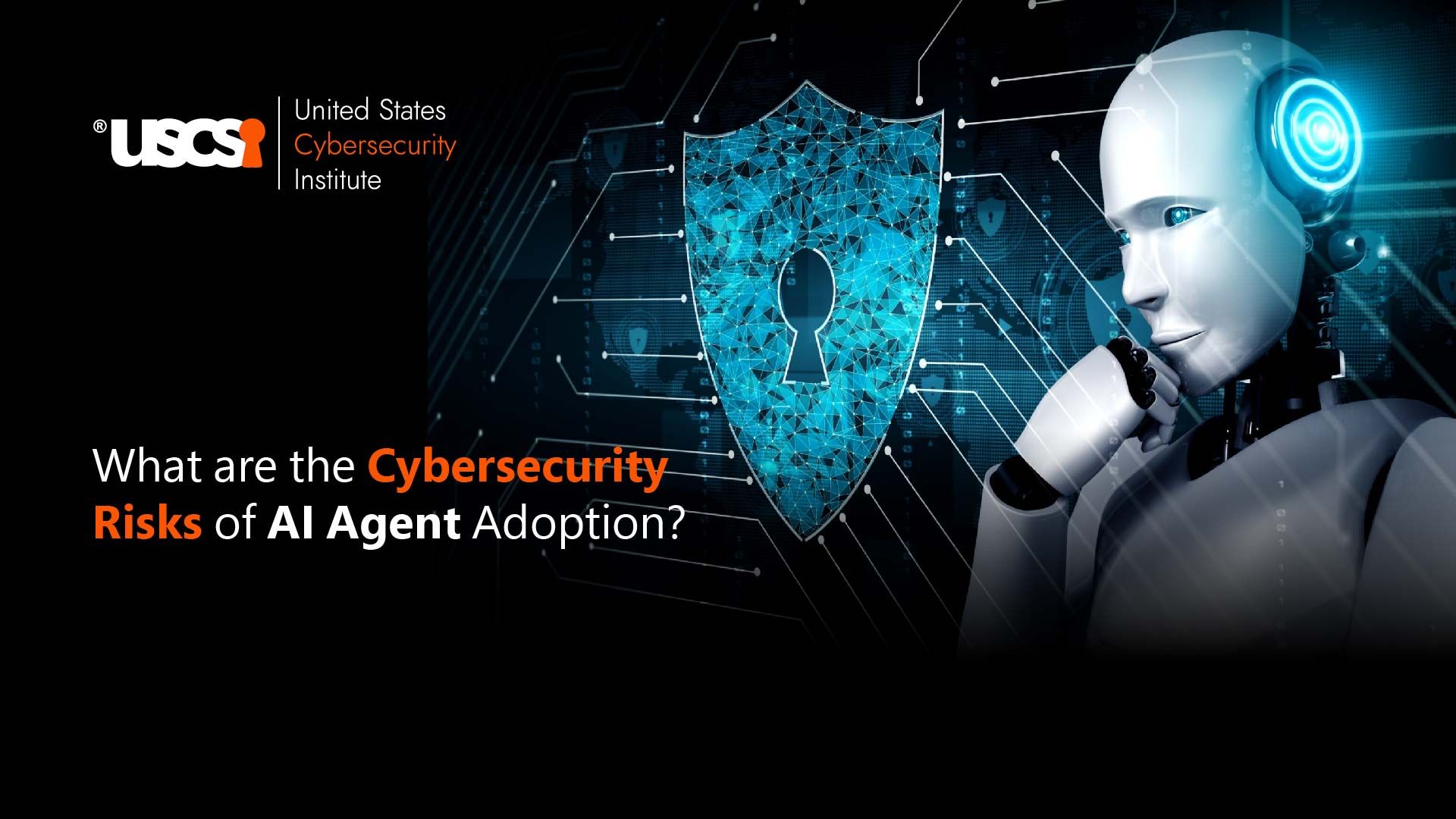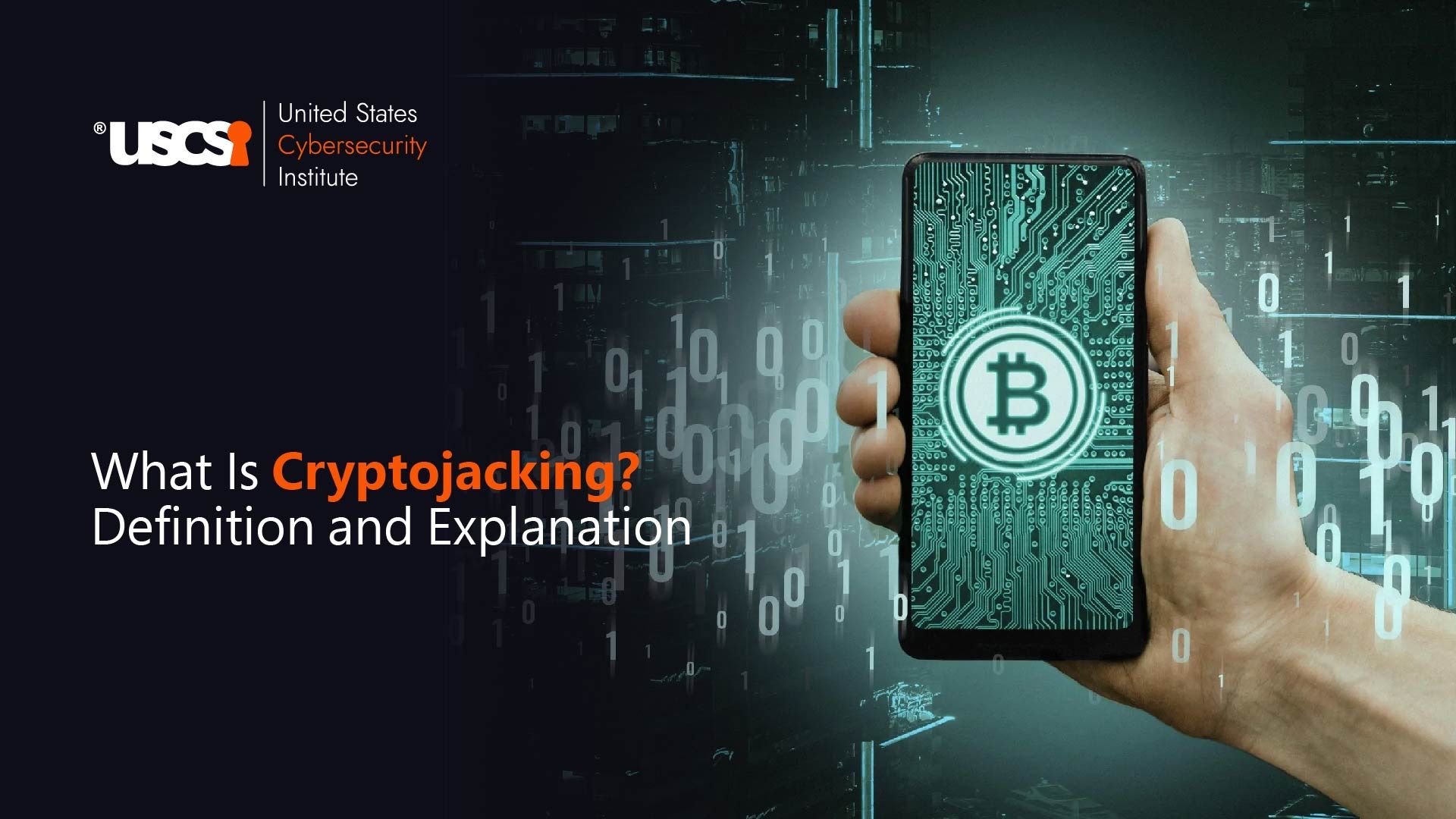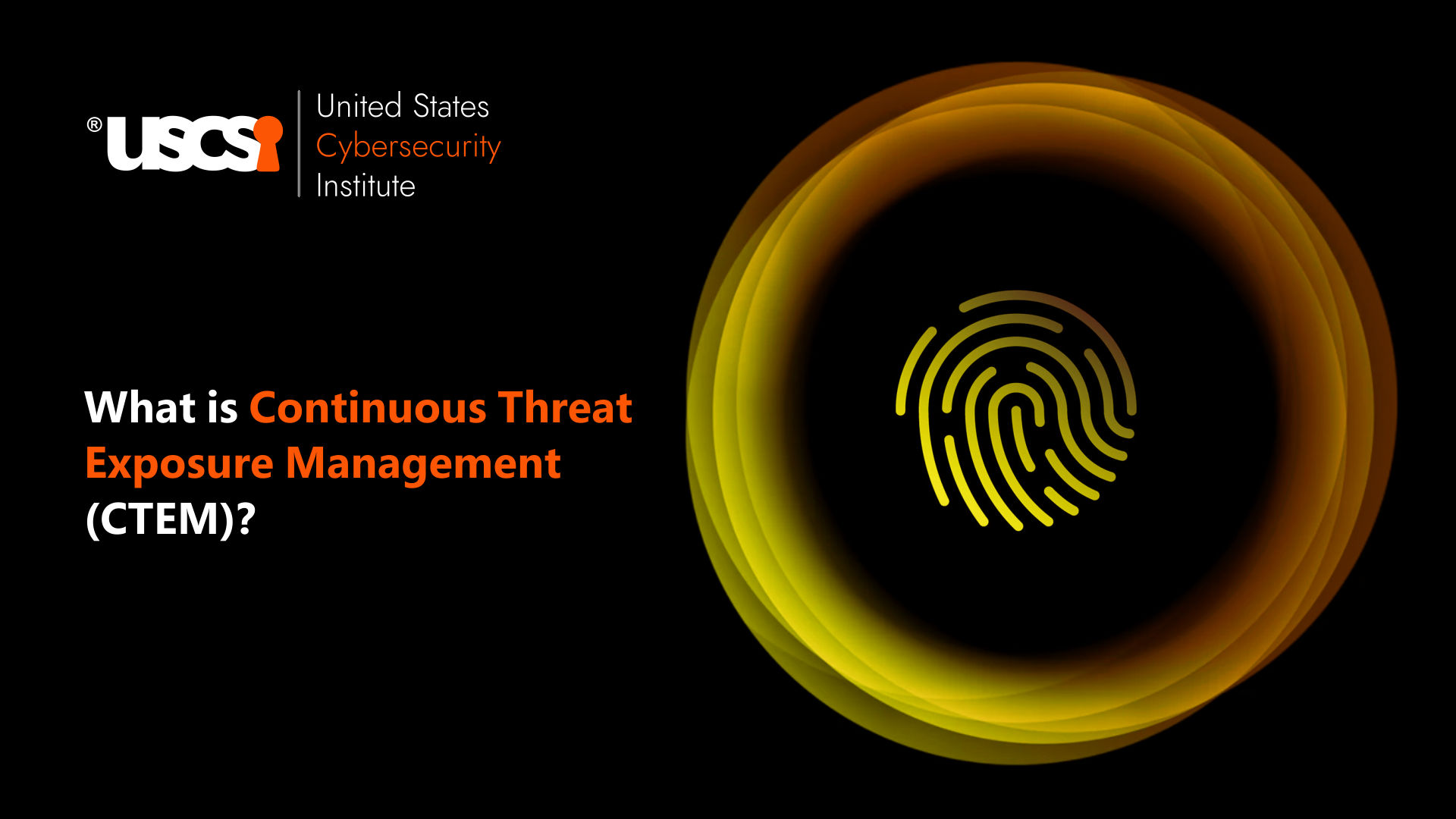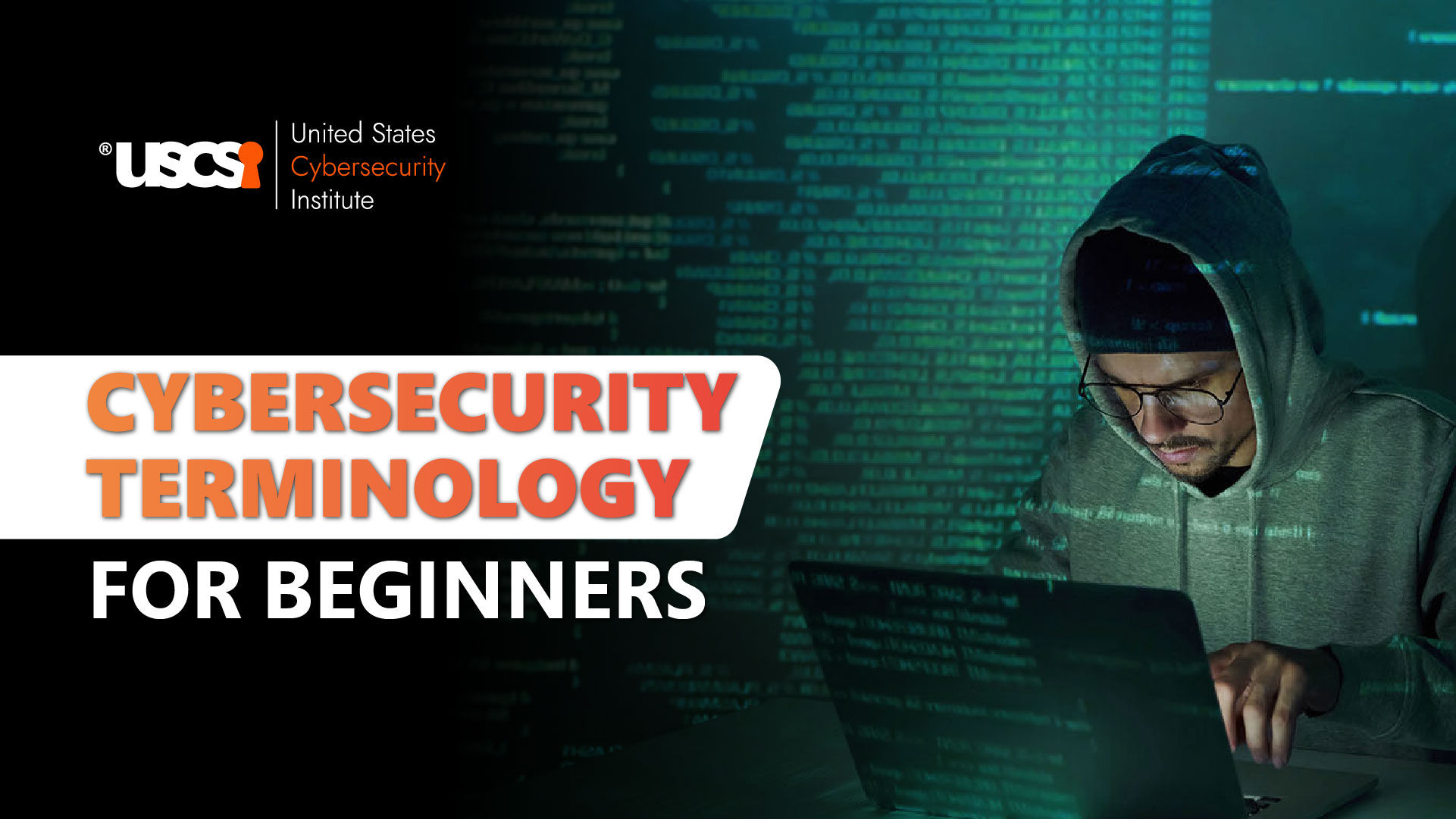

Top 15 Cybersecurity Terminology To Know In 2024
Many are predicting the future of cybersecurity and others have an opinion that the world will completely rely on cybersecurity for a healthy thriving global business environment. This is indeed expected to be the reality soon as the number of cyberattacks soars with every passing year. Today, the world sits at a horrendous 35,900,145,035 known records breached so far in publicly disclosed incidents until May 2024 (ITGovernance.co.uk).
With these numbers growing faster than ever; it is essential to recognize the face of these threats as well as understand how they work and what are these called. Making this a simple affair; we bring to you an exhaustive cybersecurity terminology bank that is used quite often and many are quite new to the world.
15 Most Recent Additions to Cybersecurity Terminology:
- ADVANCED PERSISTENT THREATS
These cyberattacks involve threat actors who compromise a network and stay inside undetected for as long as they need. It facilitates easy monitoring of user activity and stealing the documents. The global APT protection market size has already reached USD 6.62 billion in the previous year and is expected to soar at a CAGR of 20.3% through 2031 (skyquestt.com).
- BOTNET
A collection of malware-infected computers that can be controlled by threat actors to act simultaneously. The global average of bad bot traffic in 2024 reached 32% with Ireland reaching 71%, Germany at 67.5%, and Mexico at 42.8% (Imperva Bad Bot Report 2024).
- BLACK HAT HACKER
They are threat actors or cyber criminals trying to exploit vulnerabilities in IT infrastructure to gain unauthorized access to systems and data. They are not exclusively driven by financial gains.
- BRUTE FORCE ATTACKS
These attacks involve using software designed to try to guess or get closer to the user’s password. They are also called dictionary attacks; which are more sophisticated while guessing all the combinations while getting closer to cracking the password.
- BRING YOUR OWN DEVICE
BYOD policy defines an organization’s capability of their working personnel to bring their own IT devices from home and use them on the corporate network.
- CLOUD COMPUTING
It is an on-demand delivery of computing services such as servers, storage, databases, networking, software, and analytics. It makes saving files to a remote source possible.
- CRYPTO JACKING
It is a type of cyberattack that allows hackers to co-opt a target’s computing power to illicitly mine cryptocurrency on the hacker’s behalf. Its target includes individual consumers, massive institutions, and industrial control systems as well.
- DARK WEB
As the name suggests, the dark web is a hidden part of the internet not indexed by regular search engines, accessed through specialized browsers such as Tor; hosting both legal and illegal activities.
- DISTRIBUTED DENIAL OF SERVICE
DDoS involves cybercriminals flooding the server with internet traffic to prevent users from accessing connected online services and sites.
- GREEN HAT HACKER
They are young and enthusiastic, who want to become a hacker and be recognized as such by the established hackers on hacking forums.
- PHISHING AND SPEAR PHISHING
Phishing is an email-based threat that tries to coerce the victim into clicking on a link in an email or opening an attachment that has been received by an email. Spear phishing attacks are crafted emails that appear to have been sent by a senior staff member to someone in the accounts team; asking them to pay the attached invoice or to make a money transfer under some other pretense.
- RANSOMWARE
As the name suggests, ransomware is malware that encrypts all of the files on your network and demands a ransom from the victim in exchange for the decryption keys to restore the files to their original state.
- ROOTKIT
It is a sophisticated form of malware that allows a threat actor to remotely connect to your computer and control it when you are not present for easy extraction of data and documents.
- SOCIAL ENGINEERING
This kind of attack is most prevalent nowadays as these involve people revealing private information such as passwords, through careful manipulation of conversations, phone calls, and chat sessions. A recent report by Security Intelligence reflects that social engineering attacks experienced a surge of over 3000% over the previous year.
- VIRTUAL PRIVATE NETWORK
Popularly known as VPNs, these can encrypt your network traffic so that it cannot be monitored and accessed by anyone else on the network. It is a program that must be run on both ends of the connection, the client as well as the VPN server running software.
Looking at the severity and explosive pace at which these cyber vulnerabilities are evolving over the years; it is expected of aspiring cybersecurity professionals to arm themselves with the most nuanced cybersecurity skills and tactics to deal with and contain these attacks.
How can a Cybersecurity certification help you?
This should not even be a question as these credentials are designed in such a manner to assist you in gaining competence in the hottest trends, strategies, and cybersecurity terminology. Top cybersecurity certification programs are curated keeping in mind the most-demanded skills and graded essentialities as per your capabilities and career goals. This is how you can earn the highest salary remunerations around the globe with these internationally accredited credentials. Becoming a cybersecurity specialist is no big deal with these certifications gracing your portfolio.

